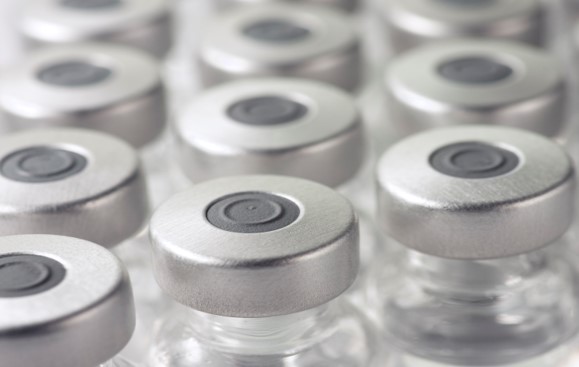COVID-19 has put a public spotlight on the economic global demands and challenges related to cold chain drug supply and delivery. And while the growth trends in the world of cold chain packaging are not new, the focus is certainly heightened, leading to demands in product monitoring and packaging standardization, as well as stricter regulatory requirements. Temperature controlled pharmaceuticals are growing at twice the rate of the overall industry. According to supply chain research in the pharmaceutical space, global spend in the pharmaceutical cold chain segment is expected to grow 24% between 2020 and 2024, with approximately 25% of that spend dedicated to packaging.
The Package is the Product
The age-old challenge for Packaging Engineers and Designers has been ensuring package design is considered at the start of product development. But one could argue that this is even more imperative when developing temperature sensitive products. Temperature affects both the product AND the package, and common packaging processes—such as sealing and sterilization—will have a significant impact on temperatures experienced throughout manufacturing. Recognizing the package as part of the overall product provides an opportunity to explore the most effective and efficient solutions from the start and makes it easier to involve manufacturing and logistic partners early on as well. Will the finished good be preconditioned? Where will it ship to, and by what means? Will the packaging design meet the needs to maintain continuous or active temperature controls? These are all questions integral to both the product and the package at the design stage.
Regulatory Companion – Avoid Downstream Rework
It is all too common to involve Regulatory partners late in the product development process, which could lead to significant downstream rework if regulatory submissions cannot achieve approval. This is especially risky in the pharmaceutical cold chain industry, where regulatory requirements are getting more stringent, but with less benchmarking available. Partnering with Regulatory early will help define requirements related to product and packaging materials and substances—particularly the usage of potentially hazardous materials such as dry ice or liquid nitrogen—stability testing, distribution testing for various temperatures and regions, and monitoring systems.
The pharmaceutical cold chain packaging industry growth and related increase in business value provides product development teams with the opportunity and need to employ the technical and liaison skills of Packaging Engineers upstream. This approach will prevent downstream rework, mitigate patient safety and business-related risks, and aid in creating processes that can streamline future development. It’s an exciting challenge with the potential for immense positive impact to companies that recognize and implement the right approach at the right time!




